There are many reasons to organize your genealogical data, including: – noticing clues you did not notice before; – finding gaps in your research; – making it easier for you to share your research; -reducing the number of times you locate something you already have; – making it easier for you to publish your information (if that’s your goal); – making it easier for someone to preserve your information after your death; – making it easier for someone looking at your information to help you; and – saving money if you hire a professional–they will have to organize it for you before they can help.
Some ancestors changed religion the way some people change clothes. Other families pick a religion and stay with it for centuries. For your ancestor who changed religions, do you track the approximate years they were a member of each denomination? For relatives who were members of churches that kept track of various acts such as baptisms, first communions, confirmations, and funerals, do you know when those events took place? Are you aware of the typical age members of your ancestors denominations were baptized, had their first communion, or were confirmed? Could be a clue there.
The vast majority of land descriptions in federal land states in the United States (where townships and sections are used) do not mention names of neighbors. Sections, survey markers, township lines, and the occasional metes and bounds description is used—usually without specific individuals listed. As a result, some genealogists are in the habit of not using land records or of not really reading the land descriptions given in land deeds. That’s a mistake. Sometimes there are details about how the land was acquired, specific court actions, or other items impacting the title. And occasionally neighbors are mentioned. Those circumstances are rare, but they do happen. And you won’t find them if you don’t read the entire deed–legal description and all.
There’s a 1940s era picture of my great-uncle’s car that I have in my possession. I only know it is his car because someone wrote “Herschel Neill’s car” on the back. The person who wrote it was my Mother. I doubt if she ever saw the car. The uncle was not her uncle. It was my Dad’s uncle. I can’t ask her how she knew because she’s passed away. I can’t ask my Dad. I can’t ask my Dad’s uncle. The picture was in an album of pictures from my Dad’s family. I’m surmising that Mom bought the album after Grandma died and put the pictures in it and that someone else told her what the picture was of. The point is that her knowledge was not first […]
Probate is the process of settling the affairs of a deceased person and transferring ownership in any property they had to their heirs or individuals named in a valid will. In the United States, probates are local court records. The place to start looking for a probate is where the person owned the most of their property. But that may not be the only place where probate proceedings were filed. If the person owned property in other counties in the same state, there may have been a probate filed there as well–at least a minimal one. Keep in mind that typically if a person owned property in two separate counties in the same state that usually the probate case is heard where the bulk of the property is […]
You located a burial for a relative in FindAGrave. Have you determined where the cemetery was physically located compared to where your ancestors lived, where their farm was, where they went to church, etc.? Finding a grave on FindAGrave is just the first step. Knowing where that cemetery is located is also crucial.
A “clerk’s copy” of a document is usually the recorded copy created by the clerk tasked with the duty of maintaining copies of official records. The handwritten copy of the will in a record book is the clerk’s copy. Your ancestor’s deed for a piece of real estate you found at the courthouse in a bound ledger is the clerk’s copy. These copies are usually legally equivalent to the original document. That’s why it is important for these copies to be exact and why as technology for document reproduction has improved, the way clerk’s copies are created has improved as well. But that clerk’s copy is not the same thing as the original. It’s a derivative copy, but generally a clerk’s copy includes any errors that were included […]
For an ancestor who had multiple spouses, always consider how much time takes place between the ending of one marriage and the beginning of another. Was there enough time for another marriage? For years, I thought a female relative had two husbands–George and later Henry. I didn’t know when the marriage with George ended and the marriage to Henry had the bride using George’s surname. Turned out there was a marriage between George and Henry to a man named Adam that went sour about three months in. The wife reverted to George’s surname, but was married to Adam long enough to be enumerated with his last name in the census. Did your relative have a marriage of short duration that could be confusing your research? It could even […]
On any search–try wildcards (the *, %, ?, or _ ) to see if they work. Some sites will explain whether or not wildcards can be used and what operators are used as wildcards. Some sites do not, even if they allow them. Some sites that allow them only let you use one. Sometimes you can use more than one. Sometimes you can use more than one type of wildcard in a search. Sometimes experimentation is the best way to go. Try a Traut*etter or a Tr*t*tter for Trautvetter. Try a K?le for Kile. And so on. See what happens.
Searching and finding information is great, but do not neglect to enter information in your database, organize information and images, create crude citations, and do some analysis as you find things. It can waste a great deal of time looking for things again online, not being able to find what you saved, or trying to remember why you were looking for a person in the first place. You also make fewer mistakes if you record details and information as you find it. I also find taking some notes on paper helpful and, if there’s enough analysis on them, I take a picture of those notes and save that as well.
It is great that images of records are easier than ever to find online with significantly less manual searching than before. But there is a potential drawback. When searching through records manually, one usually obtained books and had an idea of what was in the book before searching began. Some online indexes relieve the researcher of the obligation to decide what book (or roll of microfilm) to look at and just serve up images. Make certain you know what you are looking at. If you don’t, you cannot cite it properly, you can’t analyze it property, and you might not even realize that you are not looking at the entire record. When in doubt, find out. That’s the first thing you should do with any image that crosses […]
FamilySearch has announced the release of their beta search page for full text searching of some local records–particularly land and probate records in the United States. It is not perfect, but can be accessed on their site.
From a while back… We need to make assumptions in our genealogy research. Many times assumptions are necessary in order to get our work off the ground. But after a point, it may be that the assumption is hindering our work or that we have forgotten that an assumption was made. If you are guessing that the parents were married near where the first child was born, that is a good start. But somewhere in your notes, indicate why you believe where they were married and that you have no proof. If research does not validate your assumption, it may be that your assumption was incorrect. And if you enter your assumption in your genealogical database as fact, it can be very difficult for that information to go […]
If your ancestor lived in location A, do you know what courts would have heard a case involving a divorce, an unpaid debt, a claim of assault and battery, the foreclosure of a mortgage, a property-line dispute, or a fight over an estate/inheritance? It may have been the same court that heard all these cases or it may have been different courts. Court structure varies over time and from one place to another. Knowing what courts there were and what types of cases they heard impacts the records that need to be accessed.
The relative you heard called “Aunt Margaret” actually had a different first name and Margaret was her middle ame. You are researching a distant cousin whose identity you only learned about through genealogy. Are you certain that name you’ve only see once is actually his first name? It’s not unusual to discover that close relatives we have known our entire lives had a first name other than the one we thought they did. The possibility of not knowing their real name becomes even greater the more distant the connection. That possibility also becomes more likely when our only knowledge of the name is through a few obituaries or other similar sources.
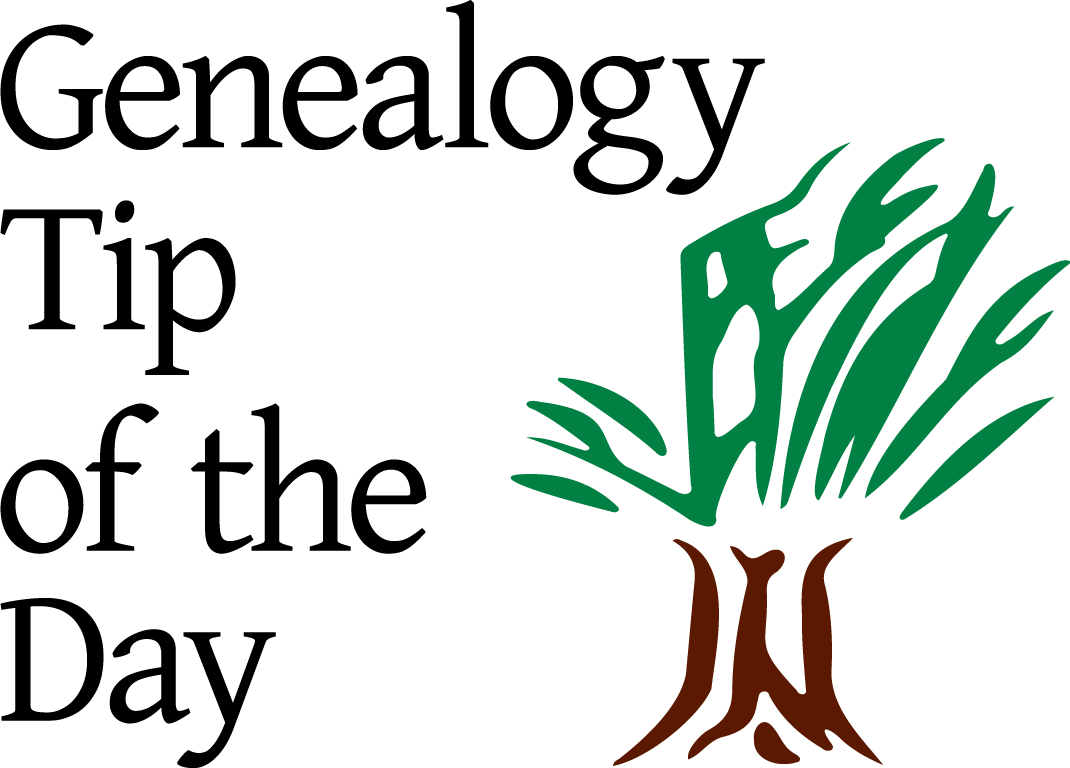
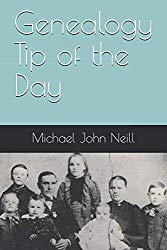
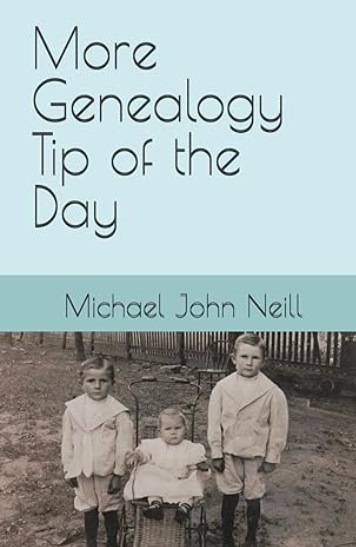

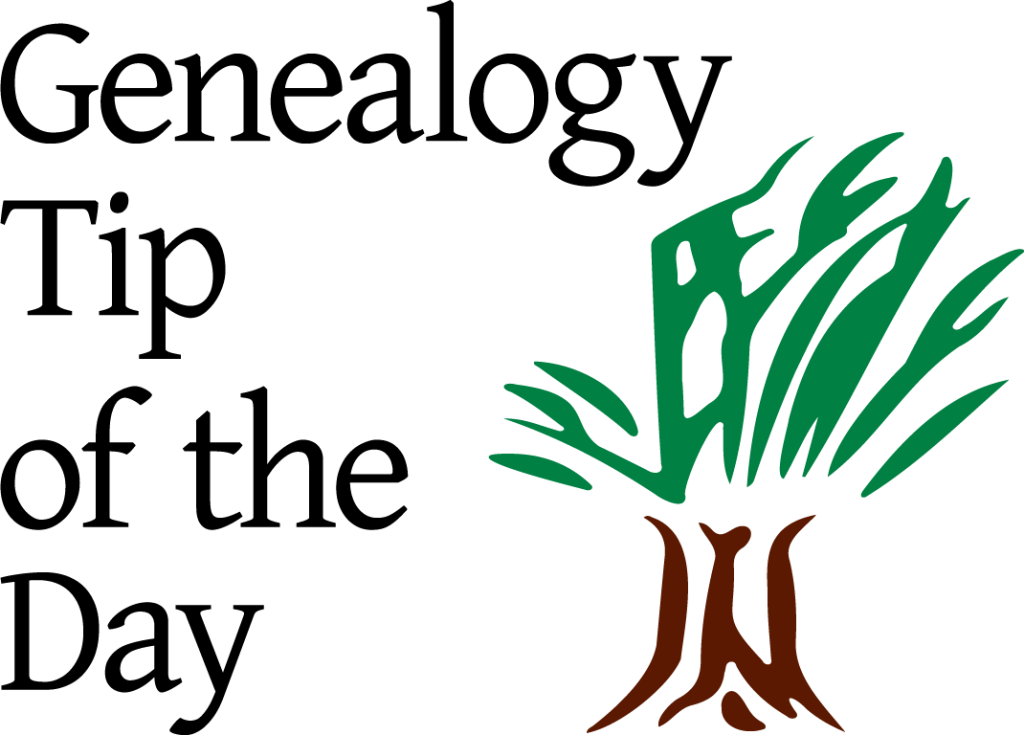
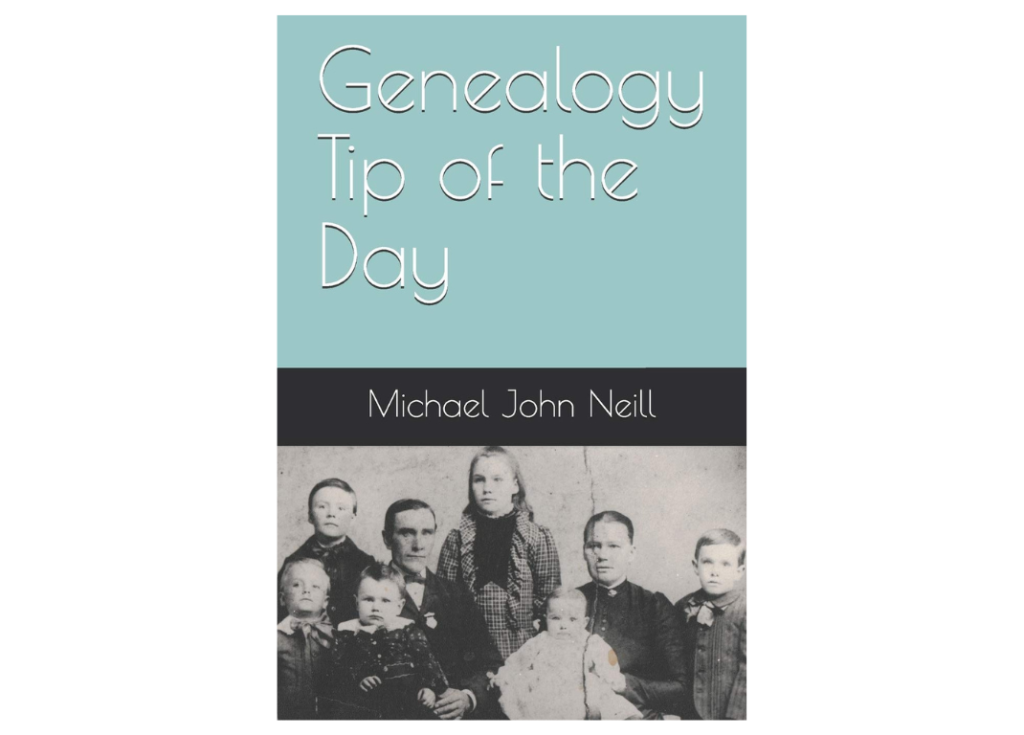
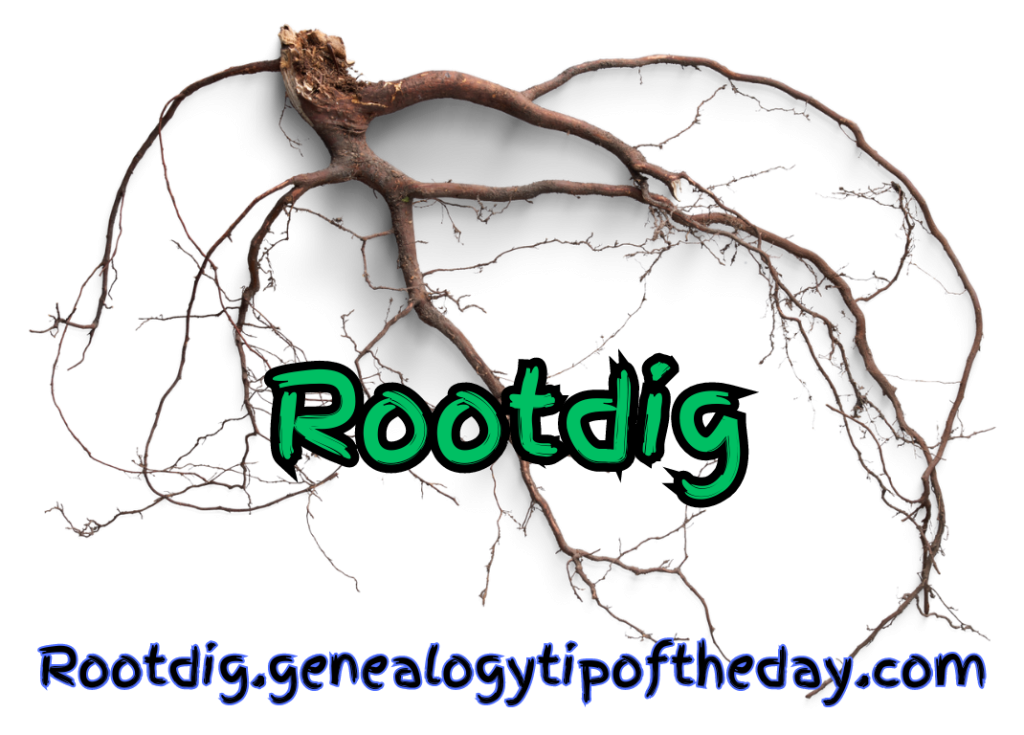

Recent Comments